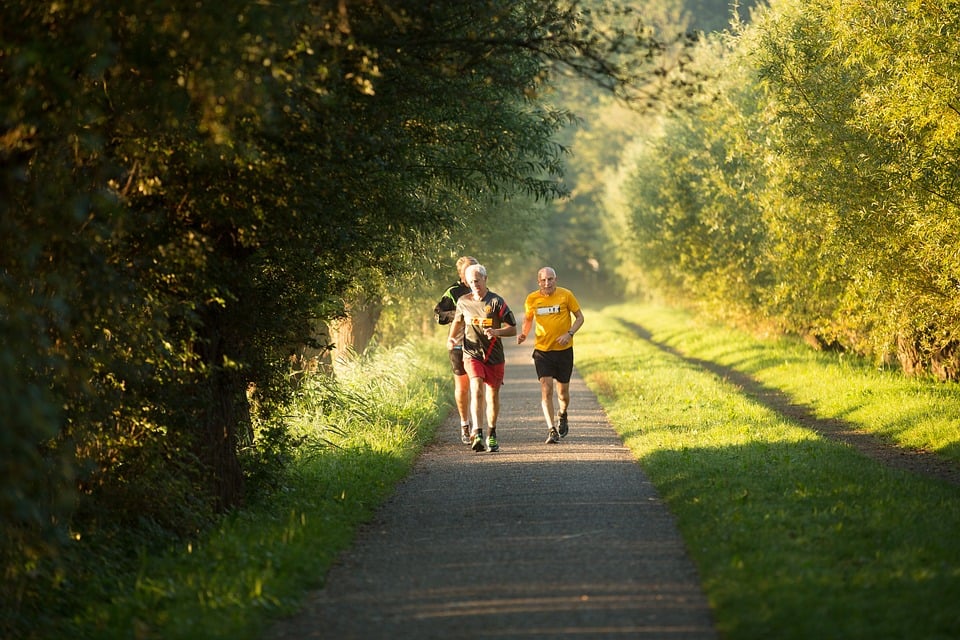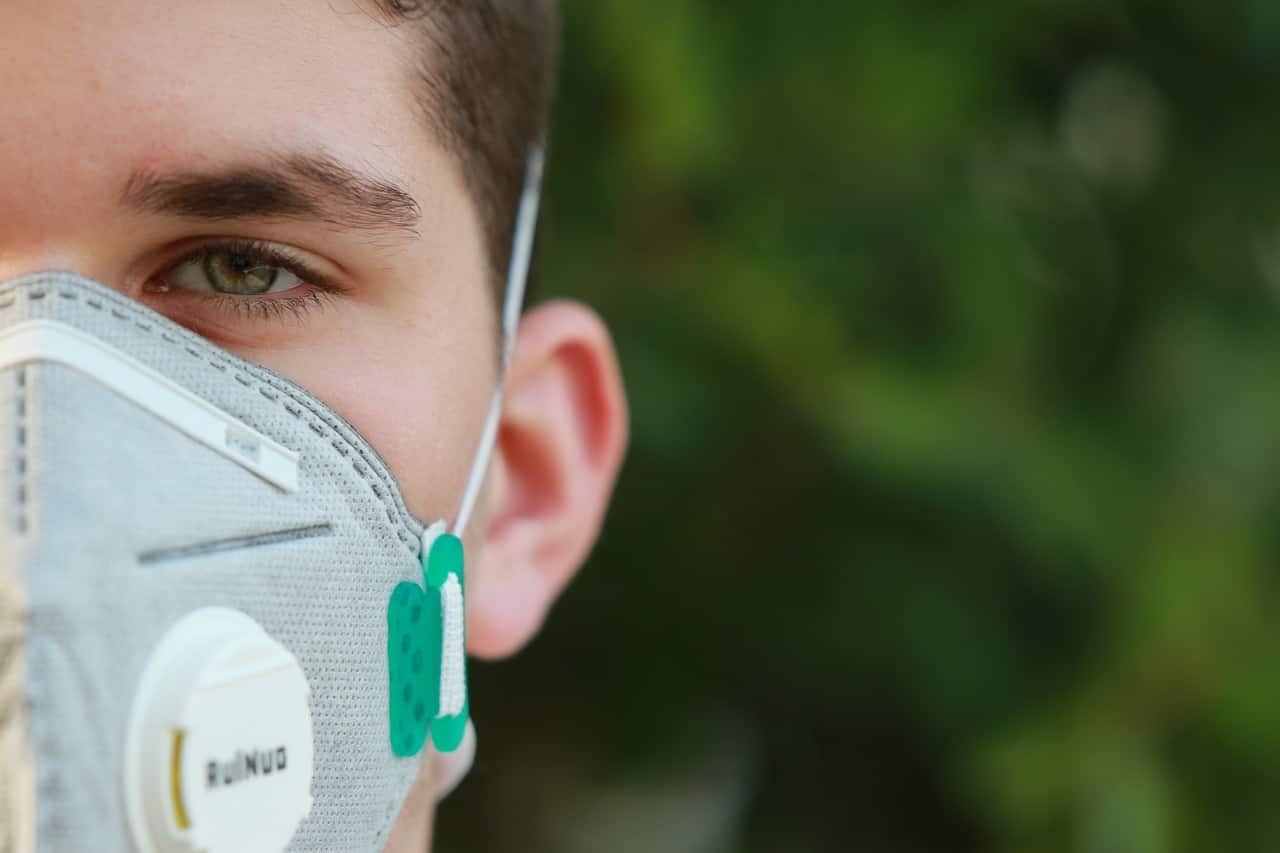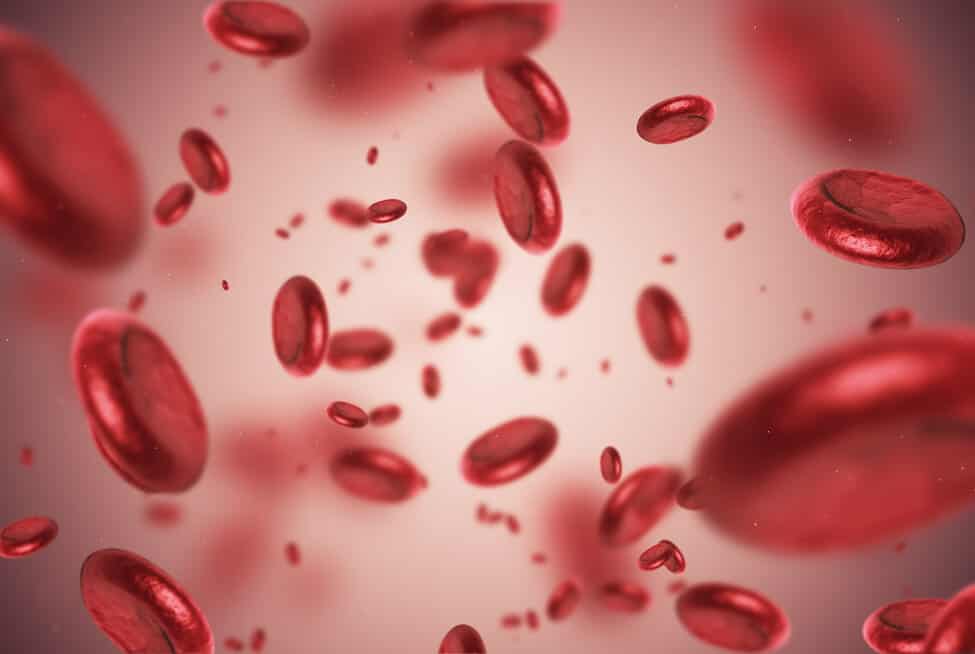
The distance to be kept between each other when out walking, running and cycling ought to be much greater than the recommended one to two meters. Otherwise, airborne droplets in another person’s wake may still cause infection.
A study by the KU Leuven (Belgium) and Eindhoven University of Technolgy (TU/e, The Netherlands) has shown this to be the case. The study was carried out because, in these COVID-19-dominated times, plenty of people enjoy taking a walk, jumping on their bikes or going for a run. The advice given in many countries is to keep between one and two meters away from others. The Netherlands has opted for 1.5 meters.
Albeit this distance is especially effective in static circumstances. In other words, where there is no movement either indoors or outdoors, as long as the wind is not too strong.
Keep more distance when running
More caution should be taken if you choose to go for a jog, a bike ride or a walk. Because small particles remain in the air when someone breathes, sneezes or coughs while out running. Anyone running behind them can come into contact with these droplets in their slipstream.
The researchers reached these conclusions by simulating saliva particles during movement in various positions. E.g., next to each other, diagonally behind each other and directly behind each other. Typically, this type of simulation is used to improve athletic performance. After all, keeping out of the crosswinds can be very effective.
One well-known example of this is the ‘fan’ formation in cycling. The Dutch are particularly good at that as there is more wind than average in their country. Exploiting a slipstream is in contrast not advisable due to the coronavirus.
The test results have been made more tangible by using animations and other visualizations. The droplet clouds left behind by a person can be clearly seen then.

At least four meters
According to the simulations, social distancing appears to play less of a role for two people who are out walking or running with very little wind. In this case, any droplets end up dropping to the ground behind them. Walking behind someone at a diagonal angle also means that that you are less likely to come into contact with droplets. The risk of infection is actually the highest when running one after the other, in someone else’s slipstream.
On the basis of these results, it is advisable to keep a distance of four to five meters for people who are walking in the same direction. When running or just a regular bike ride: ten meters; and when cycling fast: twenty meters. Even when passing by someone, it is recommended to keep an appropriate distance, e.g. twenty meters for cyclists.
So, being active outdoors is still an option. But be sure to keep more than just the usual stipulated distance of one to two meters from other people.







